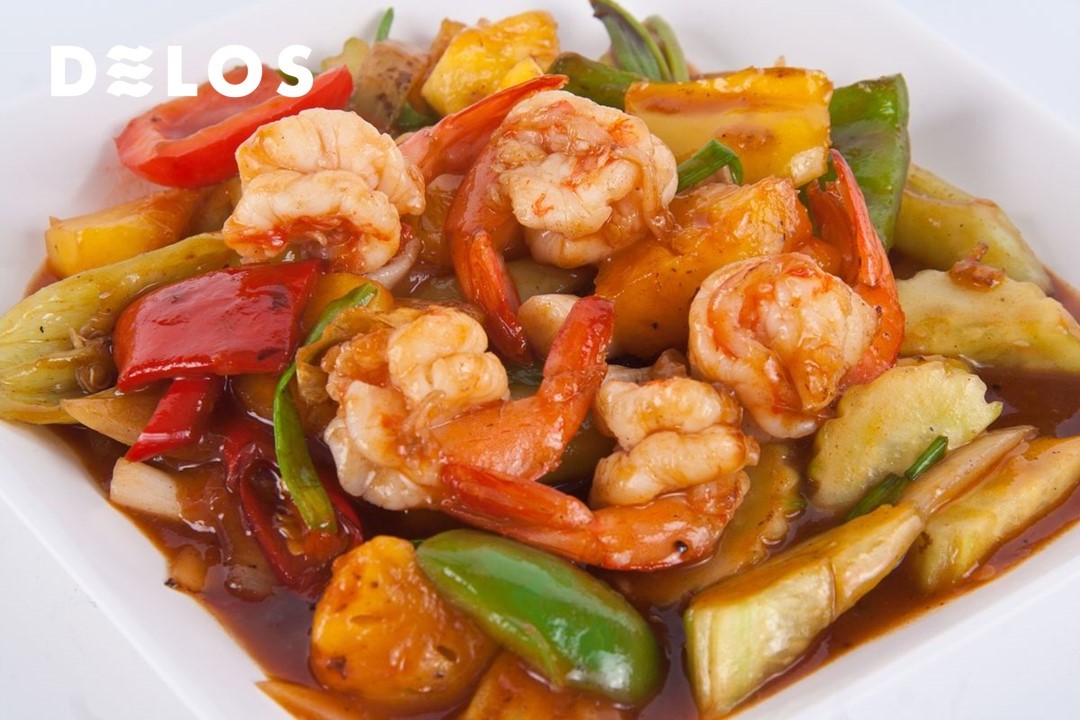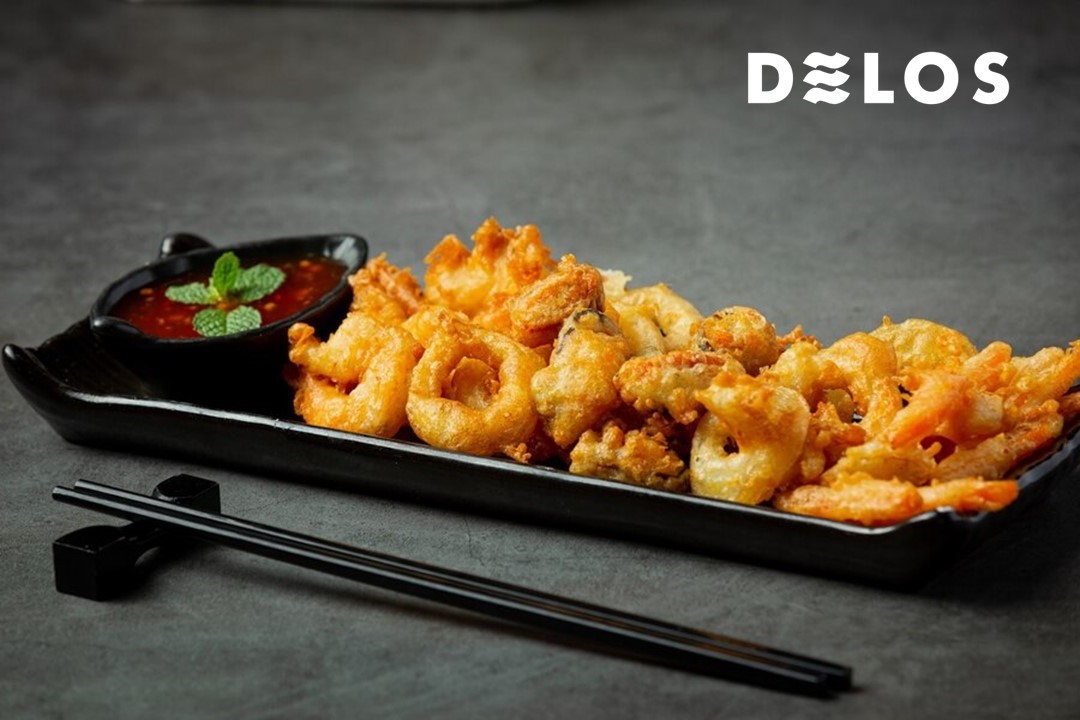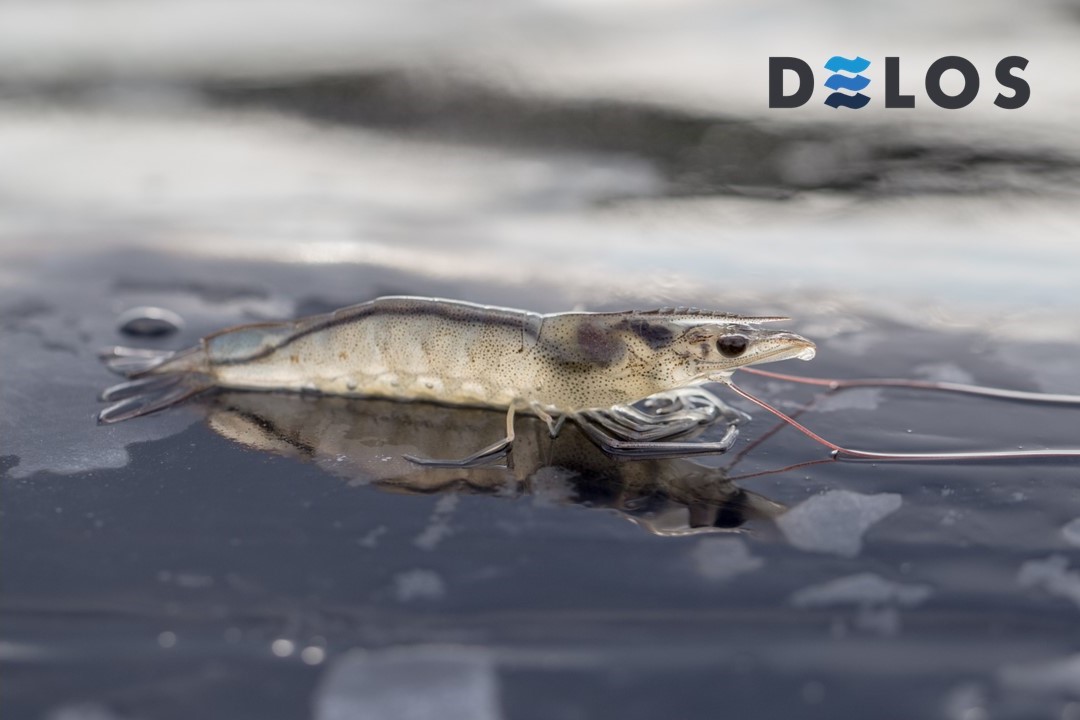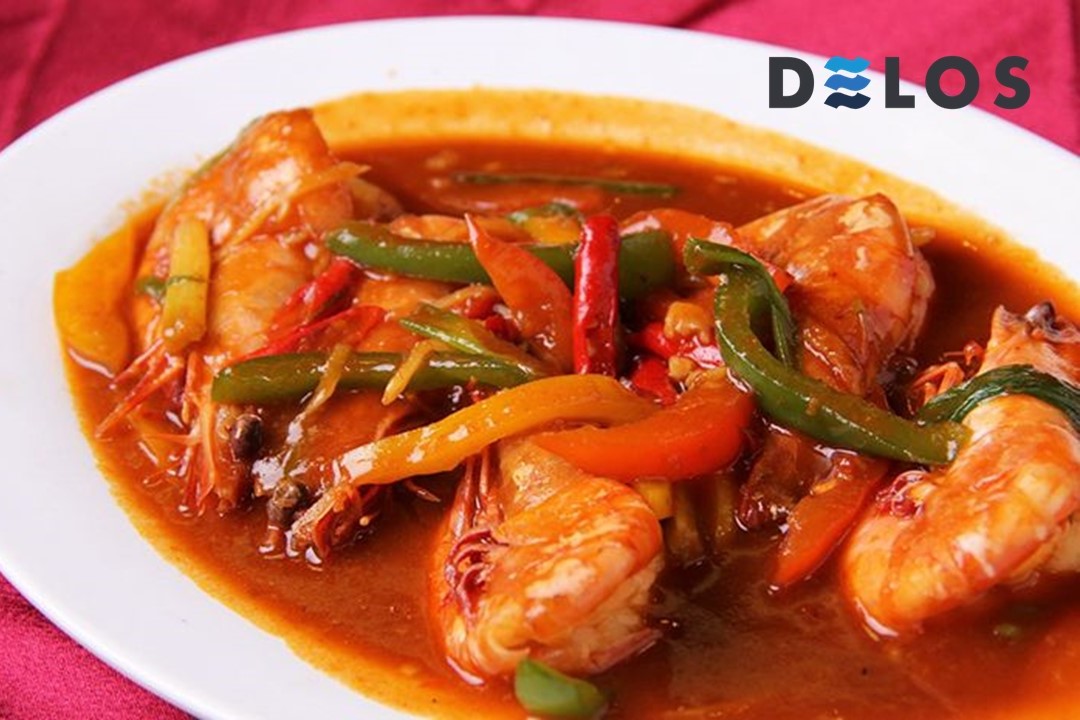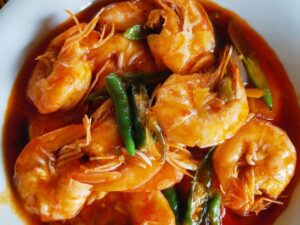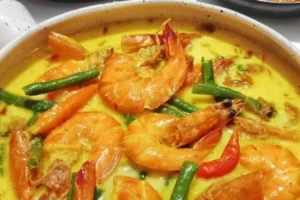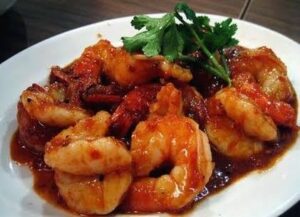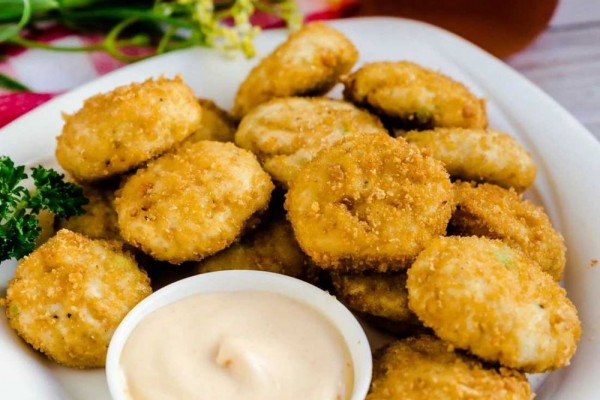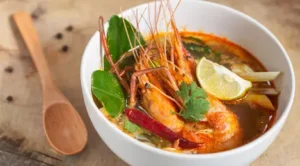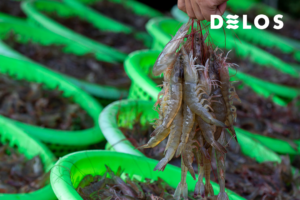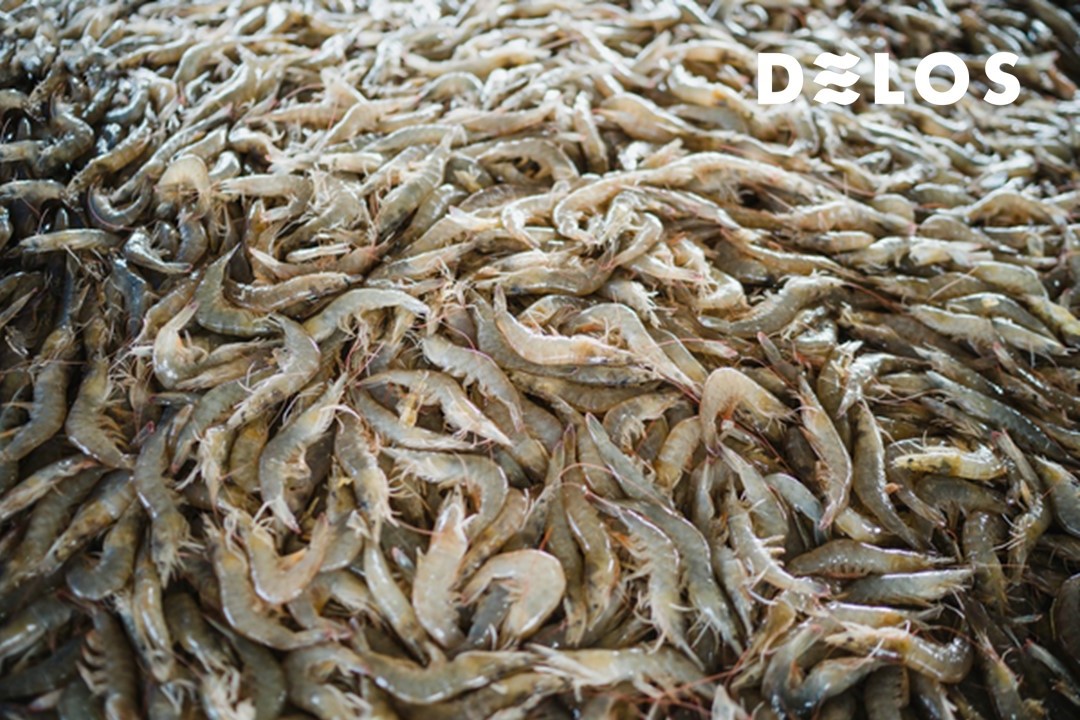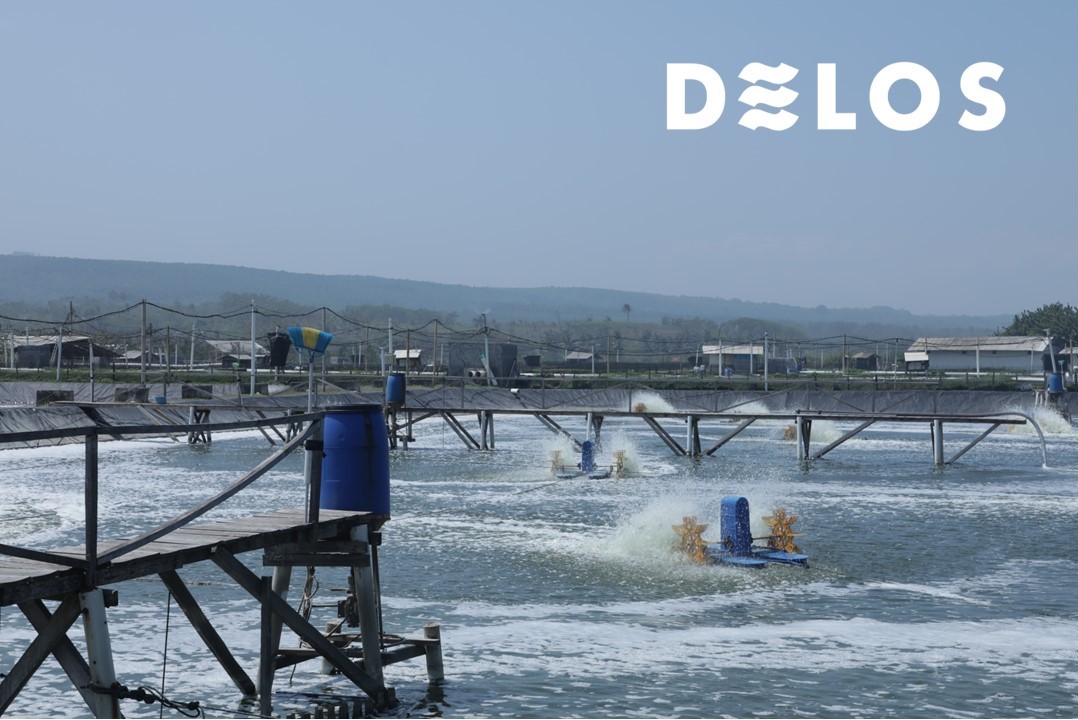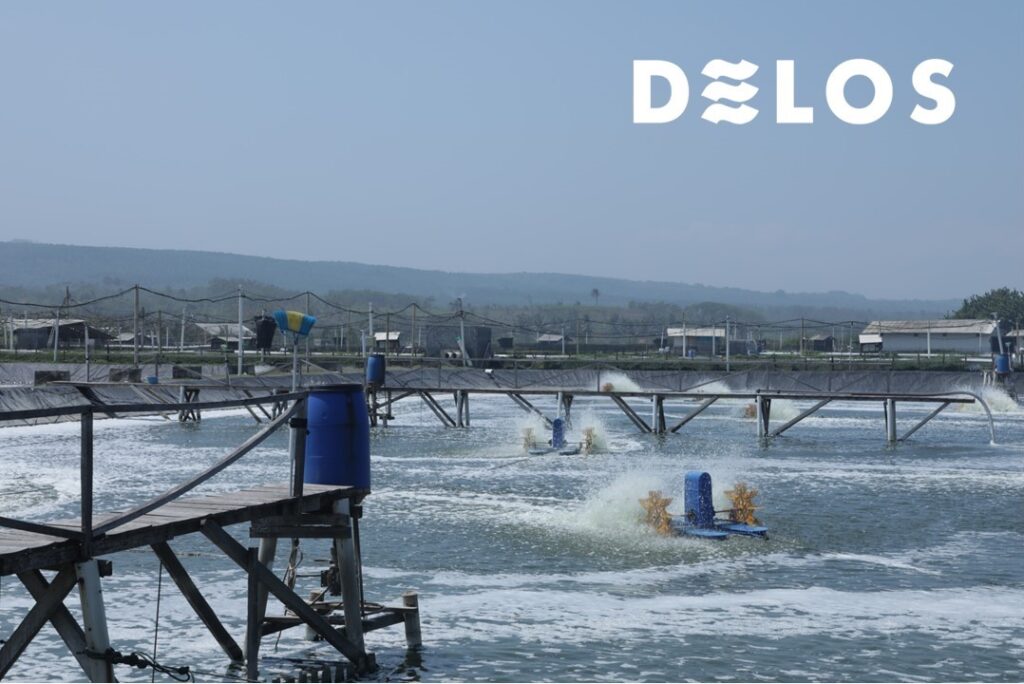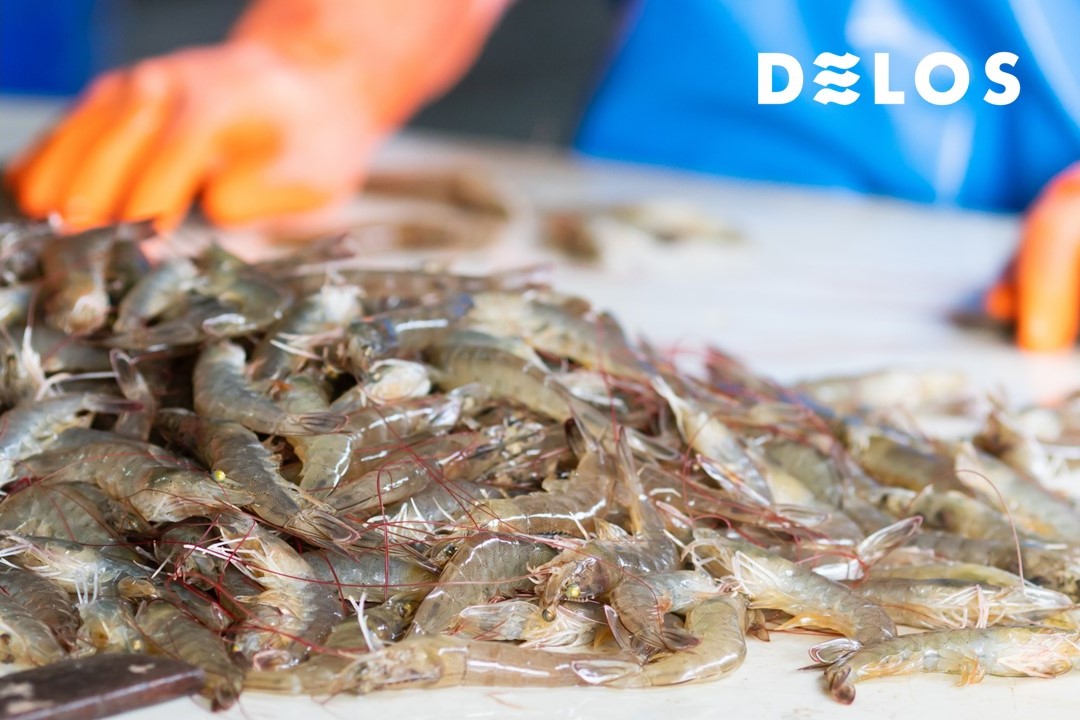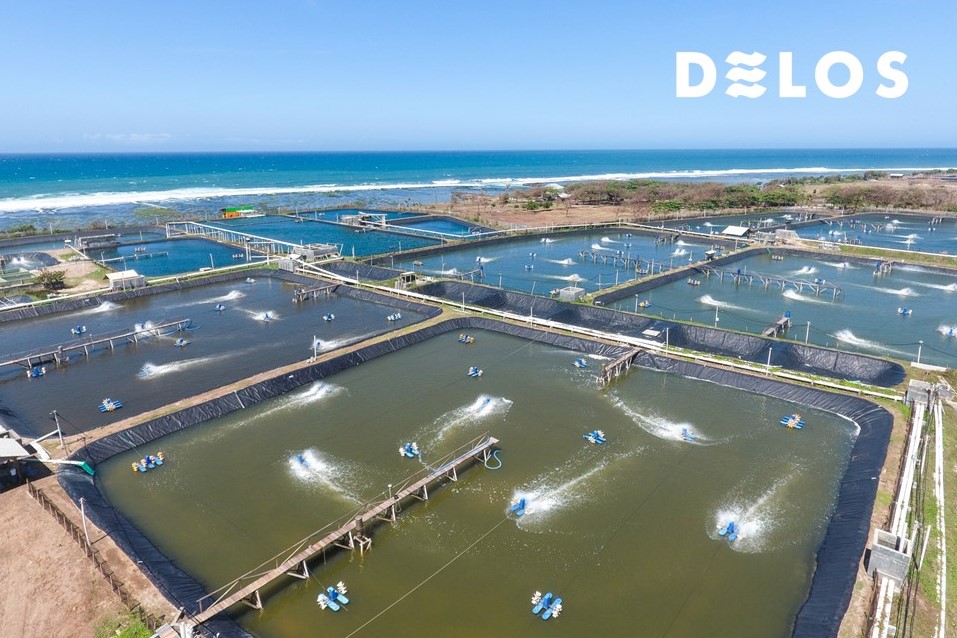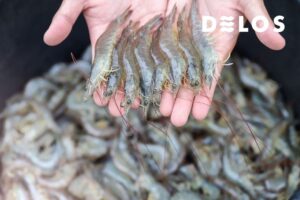3 Sweet and Sour Shrimp Recipes for Sahur and Iftar
The sweet and sour shrimp recipe is one of the most popular processed shrimp. Besides its appetizing taste, sweet and sour prawns are also quite easy to make at home.
Sweet and sour prawns are made by dipping sweet and sour sauce over cooked prawns. Usually, this sweet and sour sauce is made from a mixture of tomato sauce, chili sauce, and oyster sauce. If you love spicy dishes, you can add chili according to taste.
So, without further ado, here are four family favorite sweet and sour shrimp recipes. Write down the formula carefully, okay!
Also Read: What is MBW Term in Shrimp Farming and How to Calculate It?
1. Simple Sweet and Sour Shrimp Recipe
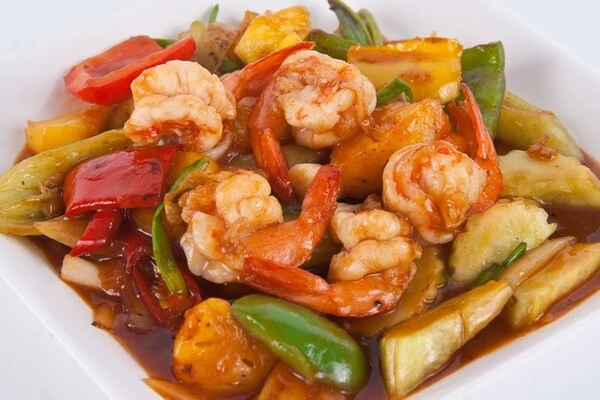
Ingredients for Cooking Sweet and Sour Shrimp:
- 300 gr shrimp that have been peeled clean.
- 1 carrot, cut into matchsticks
- 1 lime
- 1/2 onion, thinly sliced
- 2 cloves garlic, thinly sliced
- 2 scallions, cut into small pieces
- Green chili, according to taste
- Red chili, according to taste
- Sugar, salt, and pepper to taste
- Five tablespoons of tomato sauce
- 3 tbsp oyster sauce
How to Cook Sweet and Sour Shrimp Recipe
- Mix water and lime, then rub it on the shrimp’s body and let it sit for about 15 minutes.
- Sauté the garlic and onion until fragrant and wilted.
- Add red chilies, green chilies, carrots, and a little water. Keep stirring until it boils.
- Add prawns and cook until cooked and change color.
- Pour the tomato sauce and oyster sauce, and add a little water. Cook until boiling and well-mixed.
- Add sugar, salt, and ground pepper according to taste.
- Cook until the spices seep perfectly.
Also Read: 4 Types of Vannamei Shrimp Harvest Time
2. Sweet and Sour Crispy Shrimp Recipe
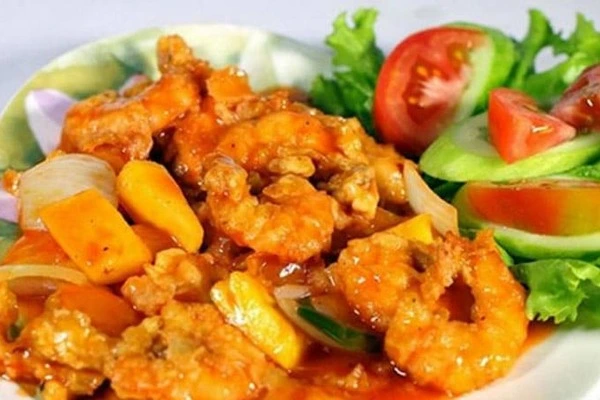
Ingredients for Cooking Sweet and Sour Flour Shrimp:
- 300 grams of shrimp
- 1 clove of crushed garlic
- 1 lime
- Salt to taste
- All-purpose flour
- The right amount of oil
- 1 stalk of green onion
- 1 carrot
- 1/2 onion
- 1 red onion
- 1 clove of garlic
- 1 tomato
- Large red chili, according to taste
- 3 tbsp chili sauce
- 1 tsp sweet soy sauce
- 1 tsp lime
- 1/2 tbsp tapioca flour, dilute with water
- Salt
- Sugar
- Pepper
- Powder broth
How to Make Sweet and Sour Flour Shrimp
- Peel the prawns and wash them clean. Marinate with garlic, lime, and salt for about 10 minutes.
- While waiting, prepare the sweet and sour sauce by sautéing the shallots, onions, and garlic until fragrant.
- Add carrots, chilies, and tomatoes and stir until blended. Add salt, sugar, ground pepper, and sugar. Stir until smooth, and add water little by little.
- Next, add the scallions and tapioca flour that has been diluted. Stir until evenly mixed, and then remove when the sauce is boiling.
- Make two types of all-purpose flour dough: wet and dry dough.
- Dip the prawns into the wet mixture first, then add them to the dry mix. Fry until browned
- Reheat the sauce that has been made, add the flour-fried shrimp, and then stir until evenly distributed.
- Sweet and sour prawns are ready to be served.
3. Sweet and Sour Pickled Shrimp Recipe

Ingredients for Processing Sweet and Sour Pickled Shrimp:
- 500 grams of peeled shrimp
- 1 carrot cut into matchsticks
- 1 cucumber cut into matchsticks
- 1 onion, thinly sliced
- 1 green onion, cut into pieces
- 1 lime
- Two cloves of finely chopped red onion
- Three cloves of garlic finely chopped
- 1 segment of ginger, finely grated
- 1 tbsp honey
- 1 tbsp sugar
- 1/2 tsp salt
How to Cook Sweet and Sour Pickled Shrimp:
- Sauté the garlic and shallots until fragrant. Add ginger and stir briefly.
- Add prawns and stir-fry until it changes color. Add the chives with a little salt and sugar. Sauté until evenly distributed.
- Mix carrots, cucumbers, onions, lime juice, honey, and sugar. Let stand for a while until wilted.
- Transfer the prawns to a plate and mix them with the pickles. Sweet and Sour Pickled Shrimp is ready to be served.
Also Read: Easy Crispy Shrimp Recipe to Cook At Home
Choose DELOS AquaLink to Provide Your Shrimp Needs!
Trying various sweet and sour shrimp recipes is fun. Because it’s not only easy to make, but the ingredients needed to cook it are also easy to find.
So, apart from sweet and sour shrimp, you can also try other shrimp recipes, one of which is crispy fried shrimp.
But if you want to cook large portions for catering or restaurant needs, you can get the best quality and affordable shrimp supplies at DELOS!
Through DELOS AquaLink, which is an integrated supply chain program, we can help you get the best price for shrimp with unquestionable quality. We can also provide other pond needs, such as feed, nutrition, logistics, etc.
To become part of the AquaLink supply chain, contact DELOS directly via contact@delosaqua.com or submit via the contact column on our website www.delosaqua.com. Let’s partner up!

